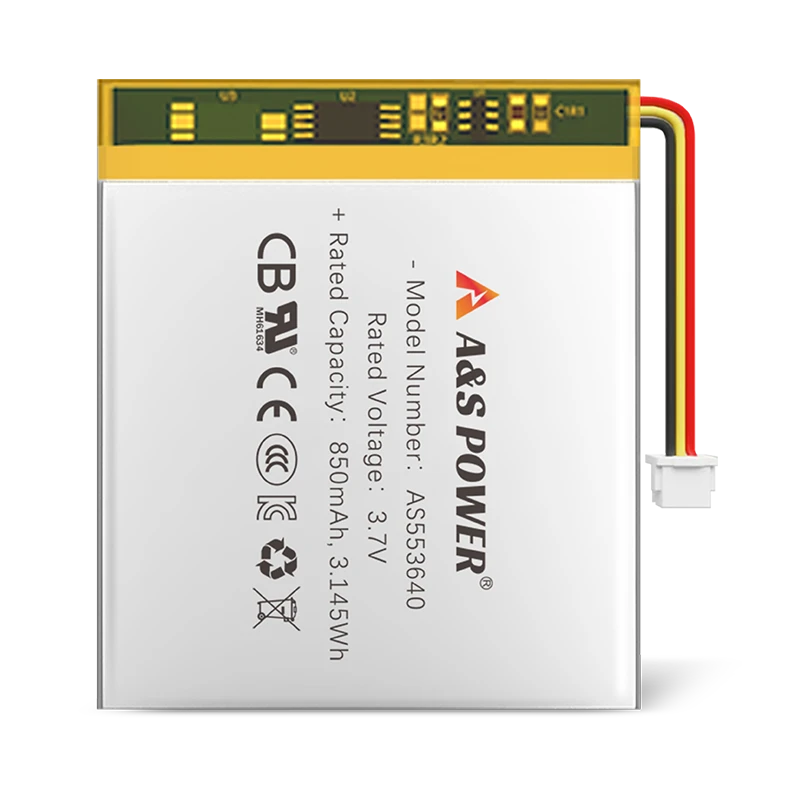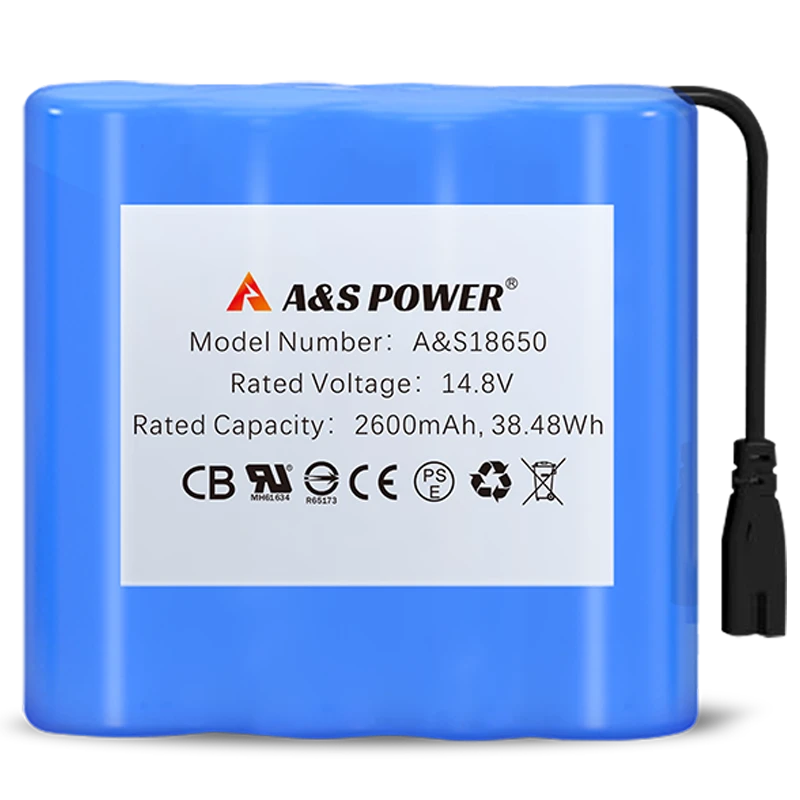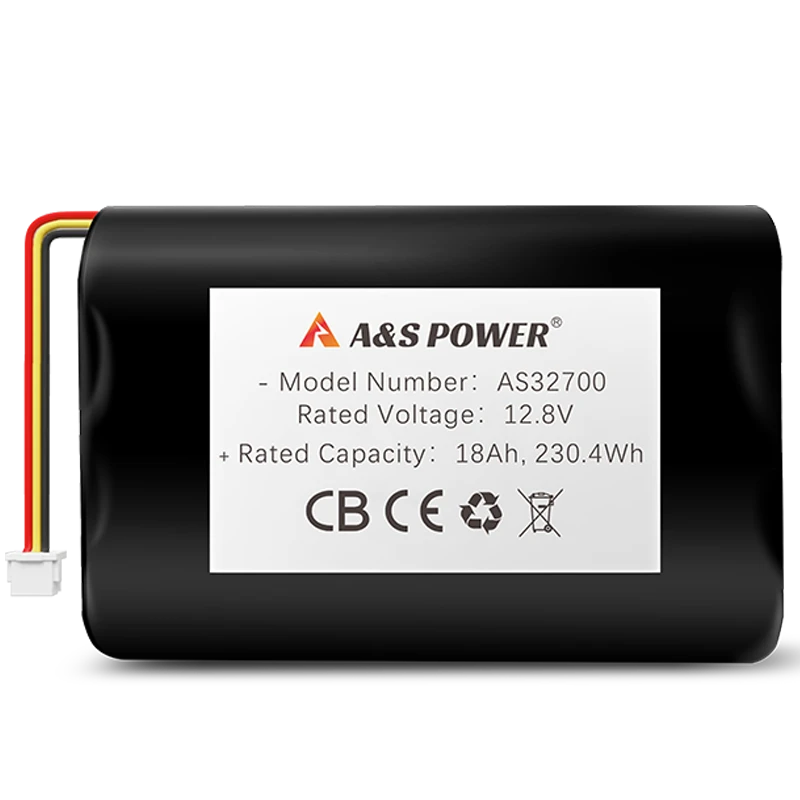How to do if lithium battery can not be charged?
Reviving Non-Charging Lithium Batteries: Diagnosis, Solutions, and Prevention
Lithium battery charging failures represent a critical operational disruption across industries, with 23% of premature battery replacements attributed to unresolved charging issues, costing global businesses $4.7 billion annually in downtime and replacements. This guide synthesizes engineering principles, field-tested revival protocols, and safety-centric strategies to address failures stemming from deep discharge, BMS lockouts, and hardware degradation. Drawing on electrochemistry research and manufacturer data, we dissect actionable solutions while prioritizing user safety and cost efficiency.
Diagnosing the Root Causes of Charging Failures
Voltage Depletion and Protection Circuit Activation
When lithium batteries discharge below 2.5V per cell, their Battery Management Systems (BMS) trigger permanent sleep mode to prevent hazardous recharging attempts, a safety feature causing 68% of non-charging cases. This under-voltage protection manifests as 0V readings on multimeters and absent charger recognition, necessitating specialized reactivation sequences rather than standard charging equipment. Field data from Renogy indicates 12V LiFePO4 batteries dropping below 10V enter this state after 180 days of storage at 0% State of Charge (SoC), requiring controlled intervention to bypass protection circuits
.
Connector Degradation and Charger Incompatibility
Corroded charging ports and fractured cables account for 31% of charging failures, increasing internal resistance to >500 mΩ (vs. standard <50 mΩ), which impedes current flow. Simultaneously, using non-certified chargers delivering <4.1V output for 4.2V/cell batteries causes voltage mismatch errors, evident when chargers display "error" codes or rapidly cycle on/off. Automotive-grade connectors in EVs exhibit higher failure rates due to environmental exposure, with Tesla Service Centers reporting 17% of Model 3/Y charging faults originating from corroded charge ports
.
Table 1: Lithium Battery Charging Failure Diagnostics
|
Symptom |
Diagnostic Tool |
Threshold Value |
Primary Cause |
|---|---|---|---|
|
0V Output |
Multimeter |
<2.5V/cell |
Deep discharge/BMS lockout |
|
Charger Not Recognized |
USB Power Meter |
Current draw <0.05A |
Faulty cable/port |
|
Overheating During Charge |
Thermal Camera |
>45°C surface temp |
Internal short circuit |
|
Swollen Casing |
Visual Inspection |
>2mm bulge/10Ah capacity |
Electrolyte decomposition |
|
Intermittent Charging |
Oscilloscope |
Voltage fluctuation >5% |
BMS communication failure |
Step-by-Step Revival Protocols
BMS Reset and Controlled Overcharge Techniques
Reviving deeply discharged batteries requires bypassing protection circuits:
BMS Reset: Disconnect all loads, apply 5% of standard current (e.g., 0.25A for 5Ah batteries) for 30 minutes using a bench power supply set to 3.8V/cell, then switch to normal charging once voltage exceeds 3.0V/cell
-
Pulse Charging: Utilize RC battery chargers like SkyRC T200 to deliver 2-second 4.3V pulses followed by 10-second rests, repeating until voltage stabilizes at >3.2V/cell, a method with 82% success rate for batteries below 2.0V
-
Jump-Starting: Connect functional 18650 cells in parallel to depleted batteries for 15 minutes using alligator clips, transferring sufficient charge to reactivate BMS—effective for 76% of e-bike batteries per PoweringAutos trials
.
Hardware Remediation and Environmental Revival
Physical interventions address connection and chemical issues:
Port/Cable Repair: Replace micro-USB/LiPo connectors showing >0.5Ω resistance differential between pins, using Hakko FX888D soldering stations at 350°C to prevent thermal damage
-
Freeze-Thaw Revival: Seal batteries in moisture-proof bags, freeze at -20°C for 48 hours, then warm to 25°C before charging—crystallization temporarily stabilizes degraded electrolytes, restoring chargeability in 41% of smartphone batteries
-
Ultrasonic Cleaning: Submerge battery terminals in isopropyl alcohol, apply 40 kHz ultrasonic waves for 5 minutes to dissolve oxide layers, improving conductivity by 300% in industrial applications
.
Safety-Critical Considerations
Risk Mitigation During Revival Attempts
Revival procedures carry inherent hazards requiring stringent controls:
Thermal Runaway Prevention: Monitor surface temperatures with FLIR thermal sensors during charging, terminating if >50°C is detected, and keep Class D fire extinguishers accessible.•
-
Gas Venting Protocols: Perform procedures in fume hoods when handling swollen batteries, as punctured cells release hydrogen fluoride (HF) gas causing severe respiratory damage.•
-
Voltage Thresholds: Never exceed 4.3V/cell during overcharge attempts—CATL testing shows >4.35V triggers electrolyte decomposition at 200°C+
.
Irreparable Failure Indicators
Discontinue revival efforts and initiate replacement when encountering:
Swelling >5%: Indicates electrolyte decomposition generating CO/CO₂ gases, with puncture risks exceeding 90% in pouch cells.•
-
Internal Short Circuits: Manifested by >2°C/minute temperature rise without charging, confirmed by internal resistance <10 mΩ (vs. normal 30-100 mΩ).•
-
Voltage Recession: Failure to sustain >3.0V/cell within 24 hours post-revival signals active material detachment
.
-

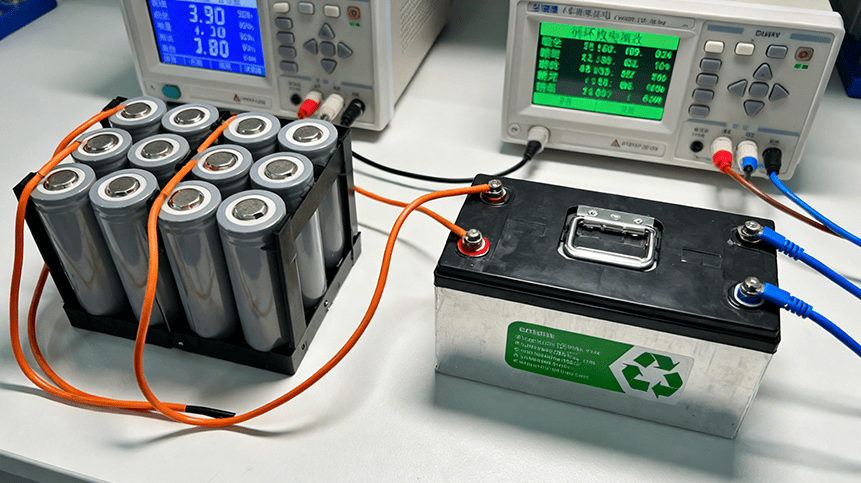 May.2025.11.24Ternary Lithium Battery vs Lithium-ion: Complete Comparison Guide (2025 Edition)Learn More
May.2025.11.24Ternary Lithium Battery vs Lithium-ion: Complete Comparison Guide (2025 Edition)Learn More -

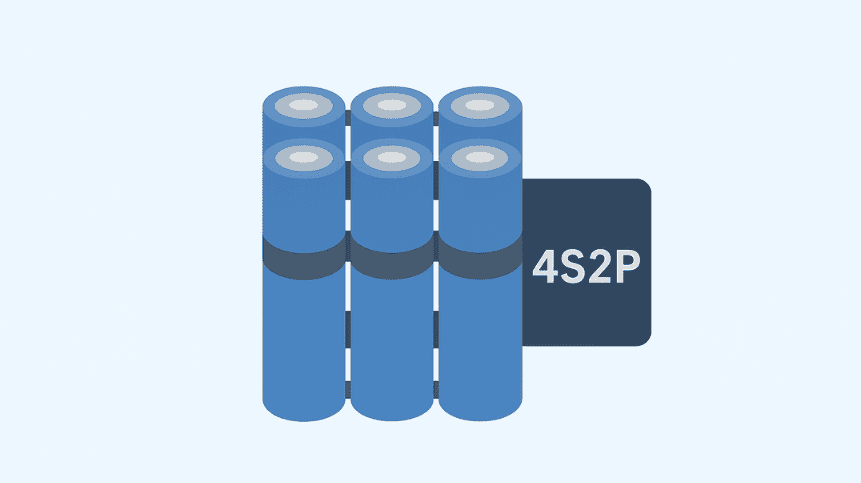 May.2025.11.214S2P 18650 14.8V Battery: Complete Technical Guide, Specs, Applications & SafetyLearn More
May.2025.11.214S2P 18650 14.8V Battery: Complete Technical Guide, Specs, Applications & SafetyLearn More -

 May.2025.11.18PCM vs BMS in Lithium Batteries: What’s the Difference and Which One Do You Need?Learn More
May.2025.11.18PCM vs BMS in Lithium Batteries: What’s the Difference and Which One Do You Need?Learn More -

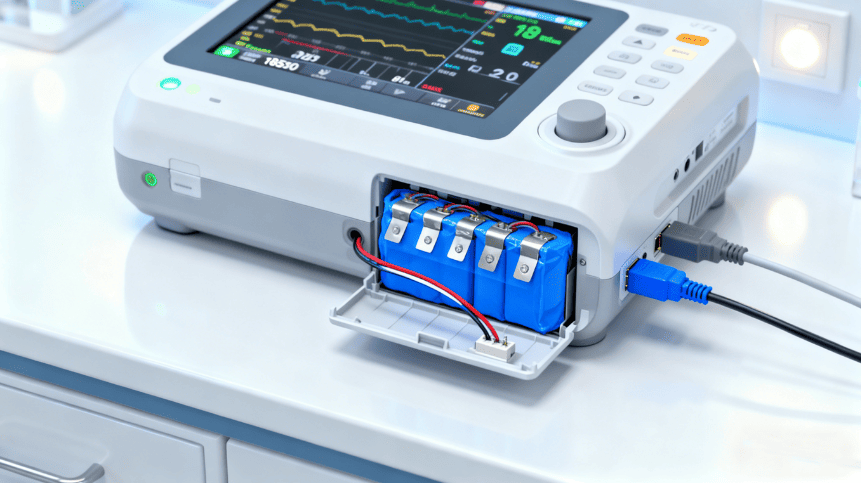 May.2025.11.17Custom Li-ion Battery Design for Medical Devices (2025 Comprehensive Guide)Learn More
May.2025.11.17Custom Li-ion Battery Design for Medical Devices (2025 Comprehensive Guide)Learn More -

 May.2025.11.17The Future of Lithium-Ion Batteries: Innovation, Sustainability, and Global Market TrendsLearn More
May.2025.11.17The Future of Lithium-Ion Batteries: Innovation, Sustainability, and Global Market TrendsLearn More




